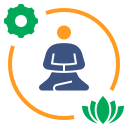Yoga for Building Emotional Resilience: Breathe, Bend, and Bounce Back
Chosen theme: Yoga for Building Emotional Resilience. Welcome to a practice that steadies your heart, clears your head, and helps you rise after every wobble. Settle in, breathe deep, and join our community—subscribe, comment, and grow your resilience with us every week.
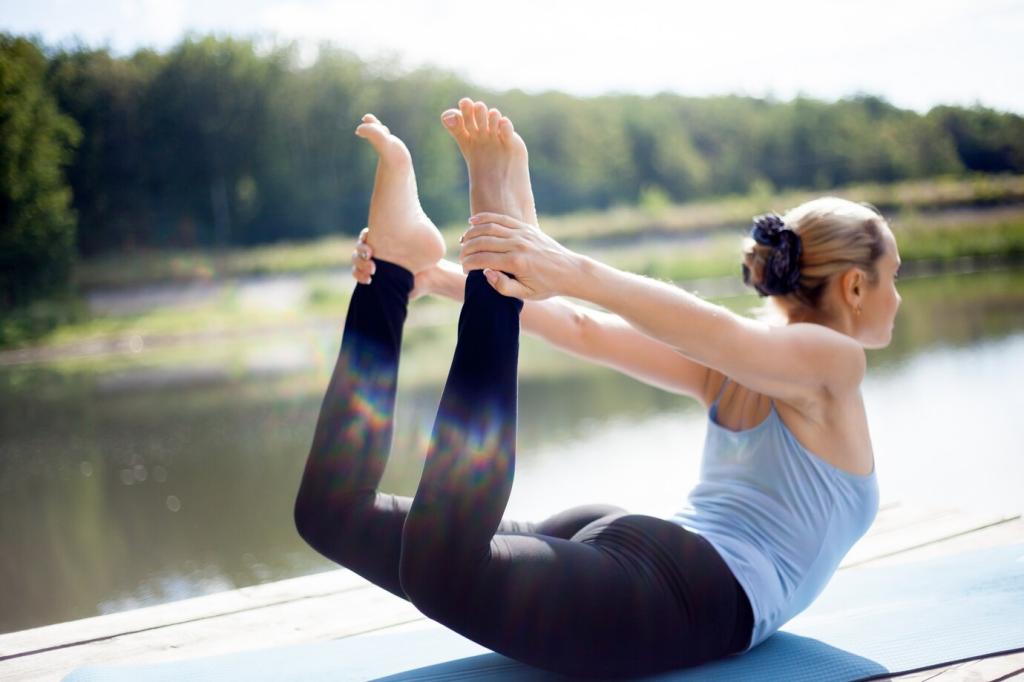
A Grounded Sequence for Stormy Days
Stand in Mountain, spread your toes, feel the floor’s support. Sink into Chair to meet discomfort kindly. Open into Warrior II, gaze soft, legs strong. Notice how grounded effort builds quiet confidence. Comment with one sensation you felt stabilizing your mood.
A Grounded Sequence for Stormy Days
Lizard Lunge and Figure Four can unlock stored tension. Move slowly, breathe steadily, and observe memories or emotions that surface. No rush, just curiosity. If a song helps you soften, share your resilient playlist so others can try it too.
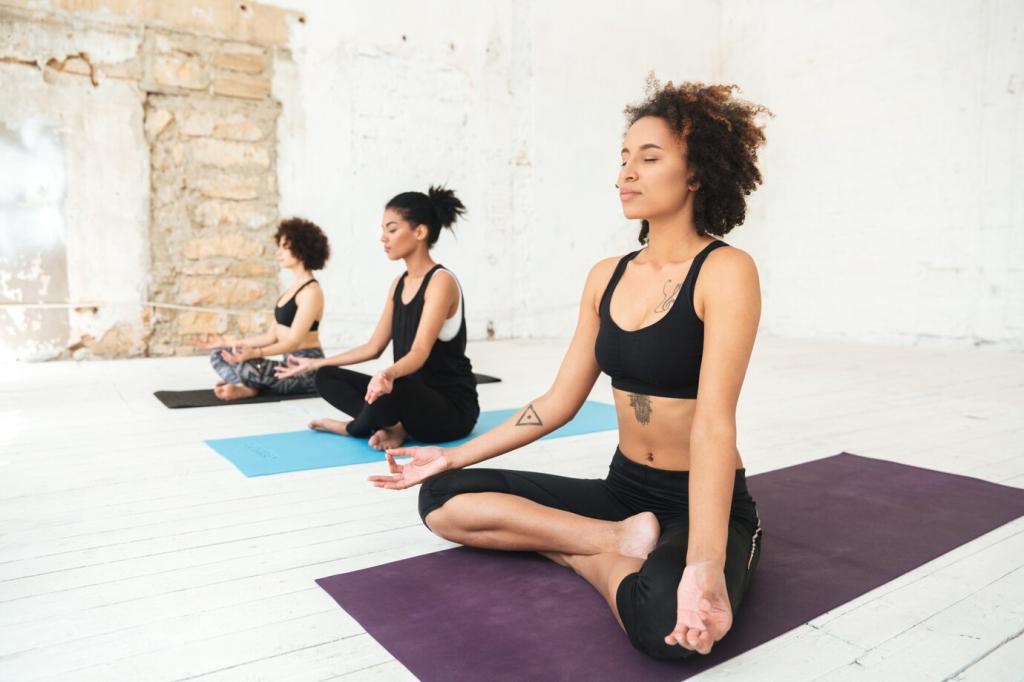
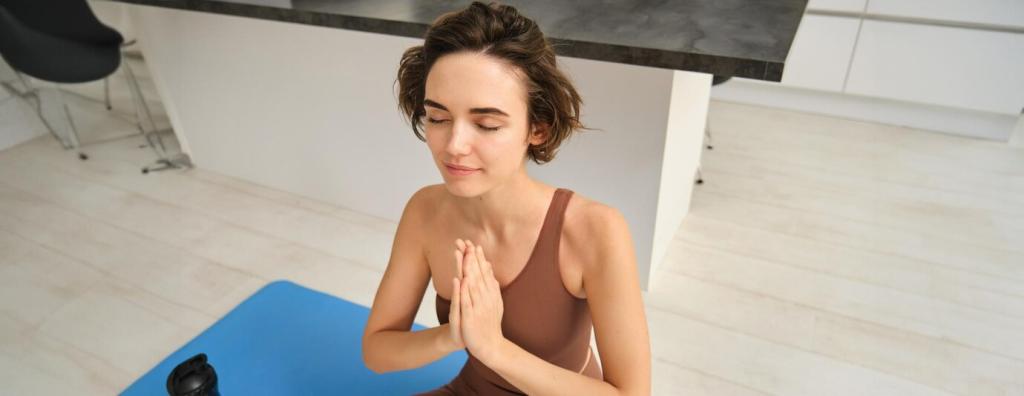
Box Breathing for Clear Focus
Inhale four, hold four, exhale four, hold four. Imagine tracing a square with your breath. After three minutes, many people report steadier attention and softened tension. Try this before emails or presentations and share your results with our readers.
Alternate Nostril for Emotional Balance
Nadi Shodhana can harmonize energy and mood. Close one nostril gently, inhale, switch, exhale; repeat. Keep shoulders relaxed and jaw soft. Notice balance returning without forcing anything. Comment how many rounds feel best for you on hectic afternoons.
Elongated Exhale to Release Pressure
Use a 4–7 exhale ratio—four counts in, seven counts out. The longer out-breath encourages calm and perspective. Pair with a hand on your heart for reassurance. If this helps you de-escalate frustration, invite a friend to try and report back.
Mindfulness Routines That Train Recovery
Close your eyes and sweep attention from scalp to toes, noticing tension without judgment. Offer each tight spot an exhale. Repeat daily to build awareness. Share where you most commonly hold stress so we can craft targeted practices together.
Mindfulness Routines That Train Recovery
Silently repeat: May I be safe, may I be steady, may I be kind to myself. Then extend it outward. This practice softens inner criticism and strengthens resilience. Tell us a phrase that resonates with you and why it matters.
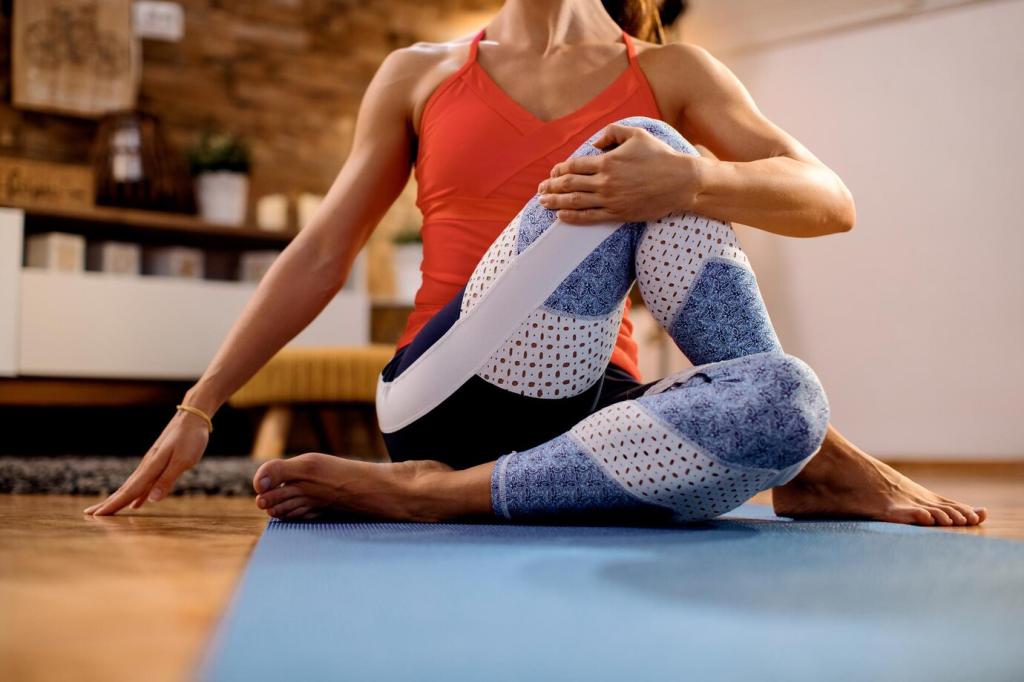
Real Stories from the Edge and Back
Mira, the Night-Shift Nurse
Mira used Alternate Nostril breathing before entering high-stress rooms. Over weeks, she noticed steadier hands and kinder self-talk after difficult shifts. Her tip: keep a sticky note on your badge. What reminder could you wear during your busiest hours?
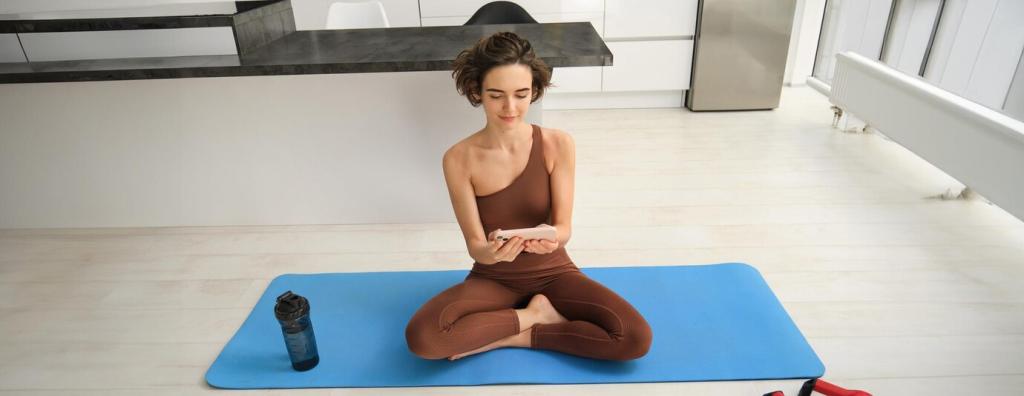
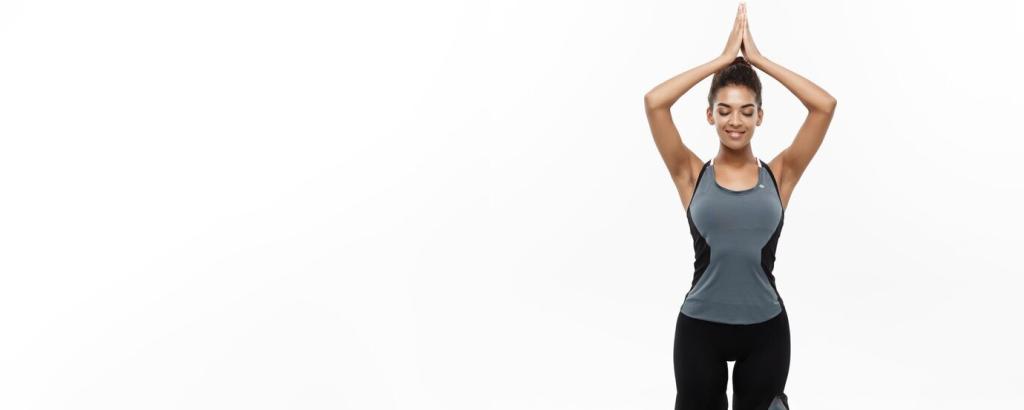
Sam, the Burned-Out Founder
Sam committed to a five-pose evening ritual: Child’s Pose, Cat-Cow, Low Lunge, Pigeon, Legs-Up-the-Wall. He called it “reset, not perfect.” Energy returned alongside perspective. Share your five-pose resilience set and tag a friend to build theirs.
Attach one minute of breathwork to an existing routine: after brushing teeth or before opening your laptop. Tiny anchors eliminate decision fatigue. Tell us which daily moment you’ll claim for resilience, and check back next week with results.
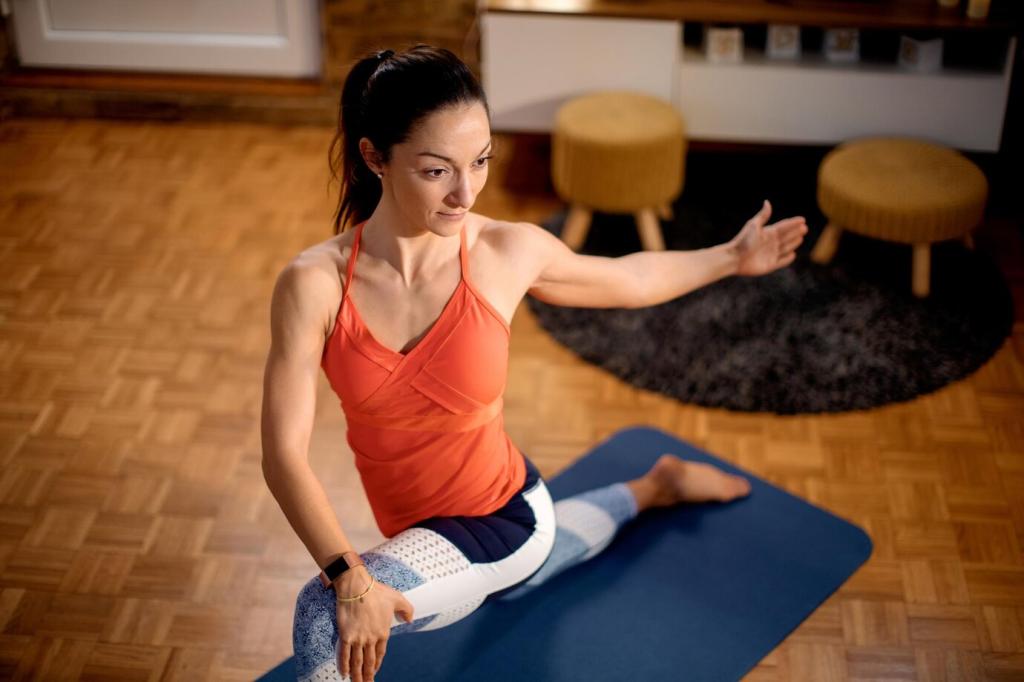
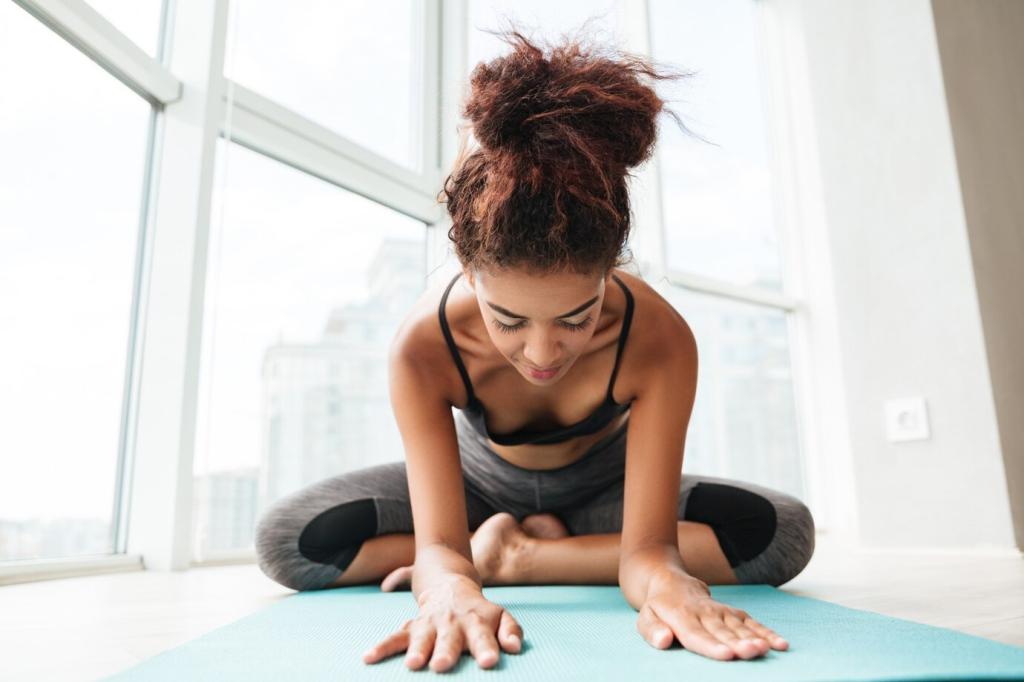
Grounding poses, gentle eye gaze, and slow exhales signal safety to your nervous system. This can support a shift from threat to engagement. Notice which cues help you feel most anchored, and share them to expand our collective toolkit.
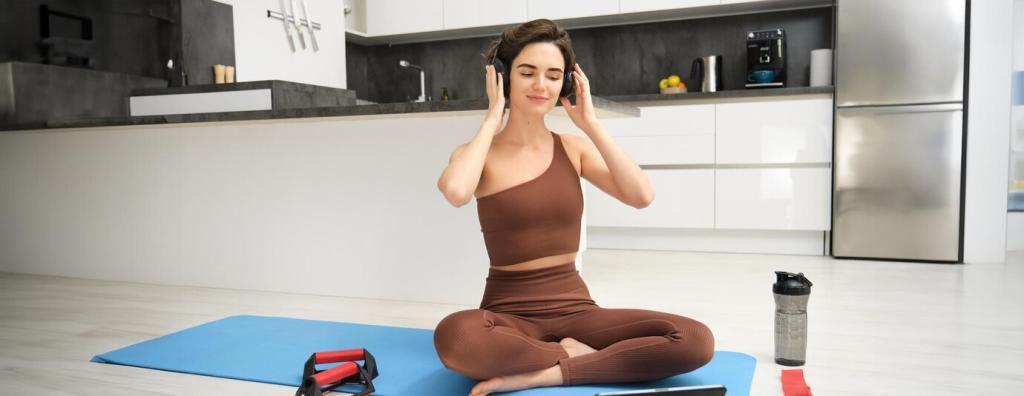
Regular breath-led movement may help regulate stress responses and support heart rate variability, a marker of adaptability. Track how you feel after consistent practice. If you notice calmer mornings, tell us what routine made the difference.
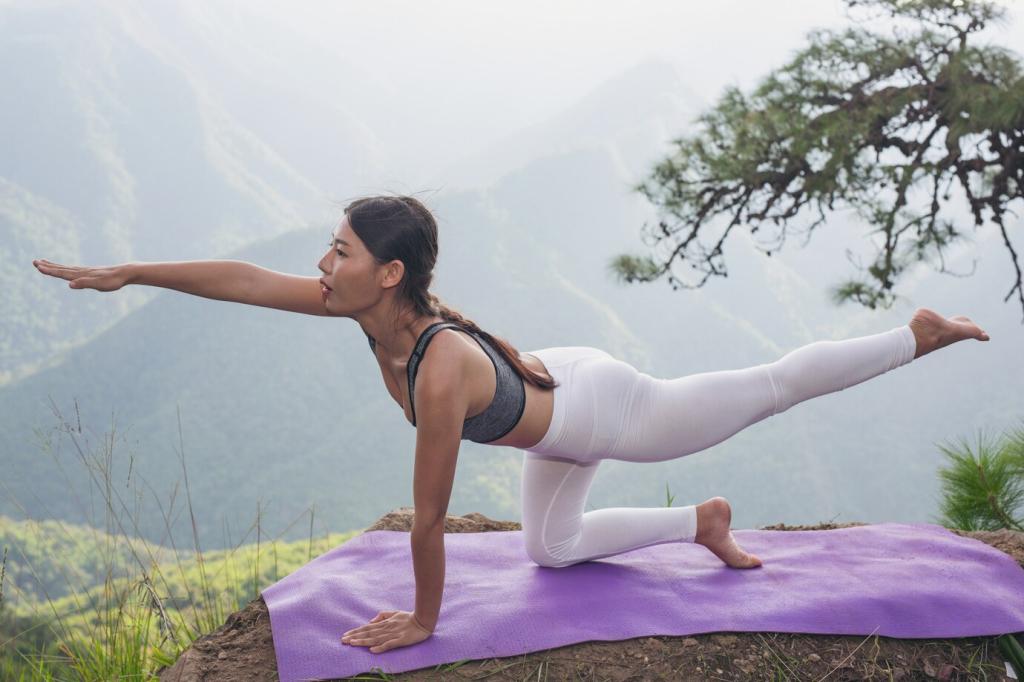
Gentle evening yoga and breathwork can prepare the body for rest, supporting learning and emotional recovery. Protect your bedtime ritual like a promise. Comment with your wind-down sequence so others can build a soothing, resilient night routine.
